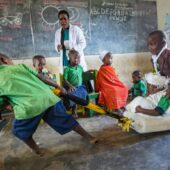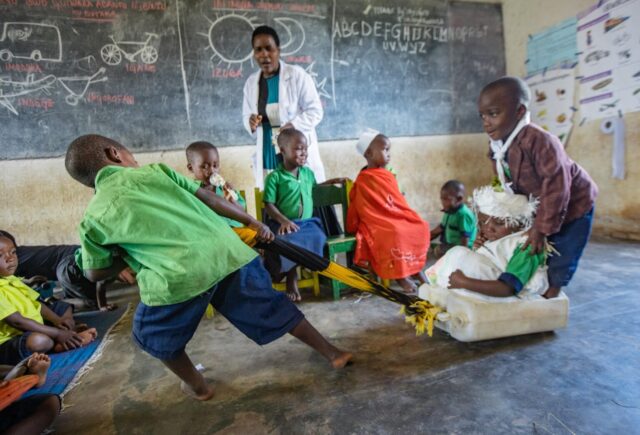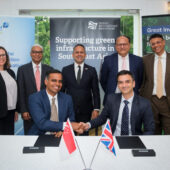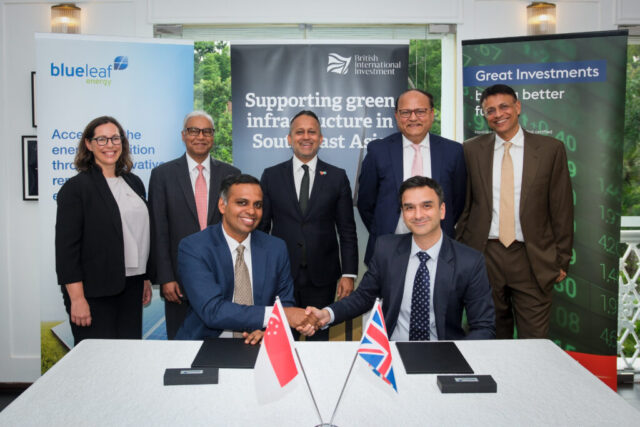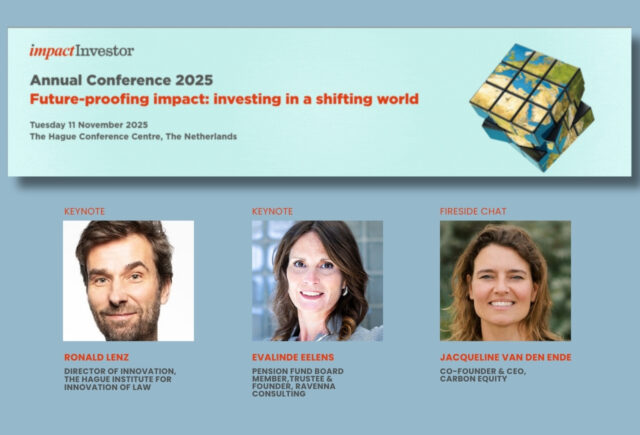Serah Melaba, chief impact officer for Tiko, discusses tackling the triple threat of teen pregnancy, HIV and sexual and gender-based violence facing girls in sub-Saharan Africa, and how impact-linked financing is driving positive outcomes.
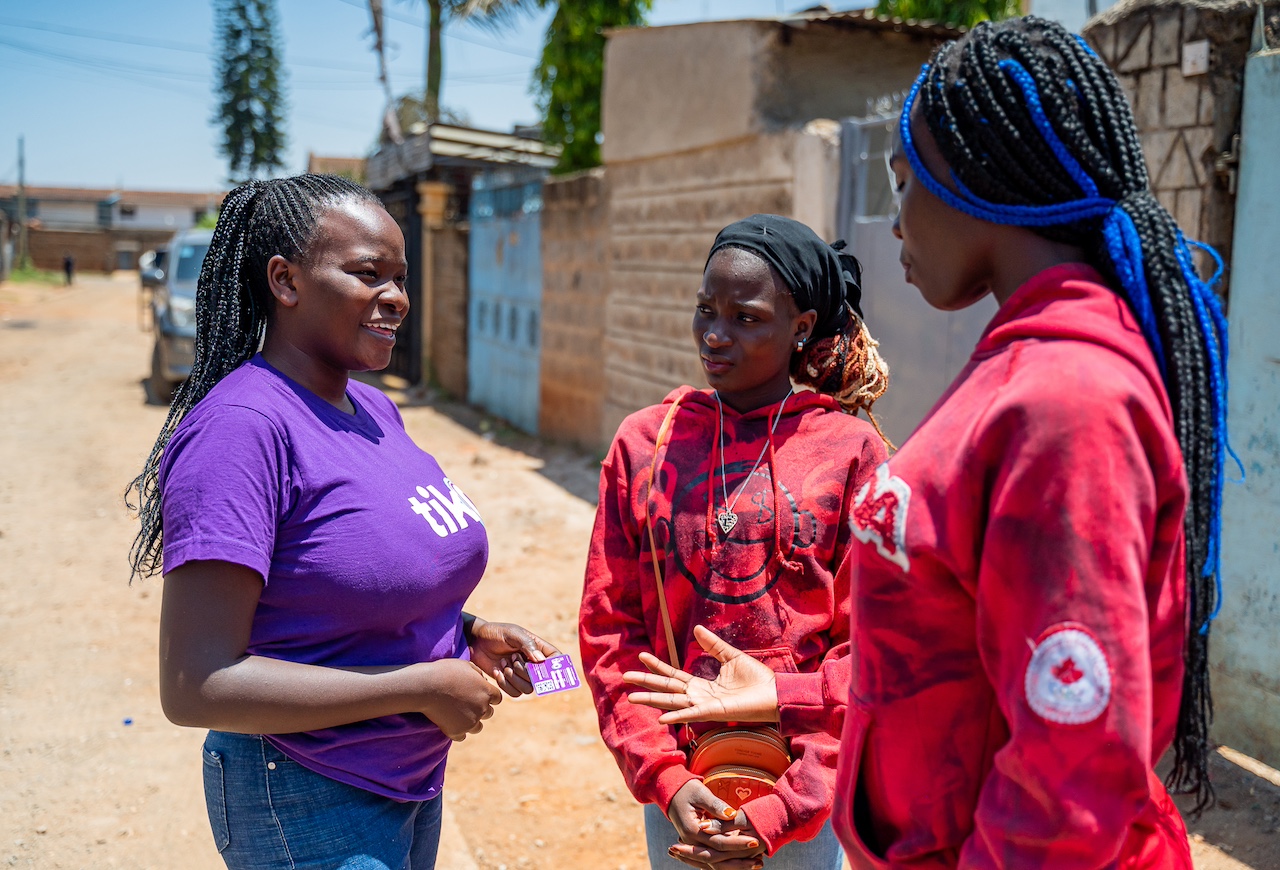
Serah Melaba is a public healthcare specialist by training and the chief impact officer for Tiko, an African non-profit organisation working to address multidimensional poverty, including the triple threat of teen pregnancy, HIV, and sexual and gender-based violence (SGBV) faced by young women and girls living in informal urban settlements in sub-Saharan Africa.
Tiko was founded by CEO Benoit Renard in 2014, who, having worked in the public health sector in Mozambique including on condom use programmes, saw how the fragmented health system was failing adolescent girls.
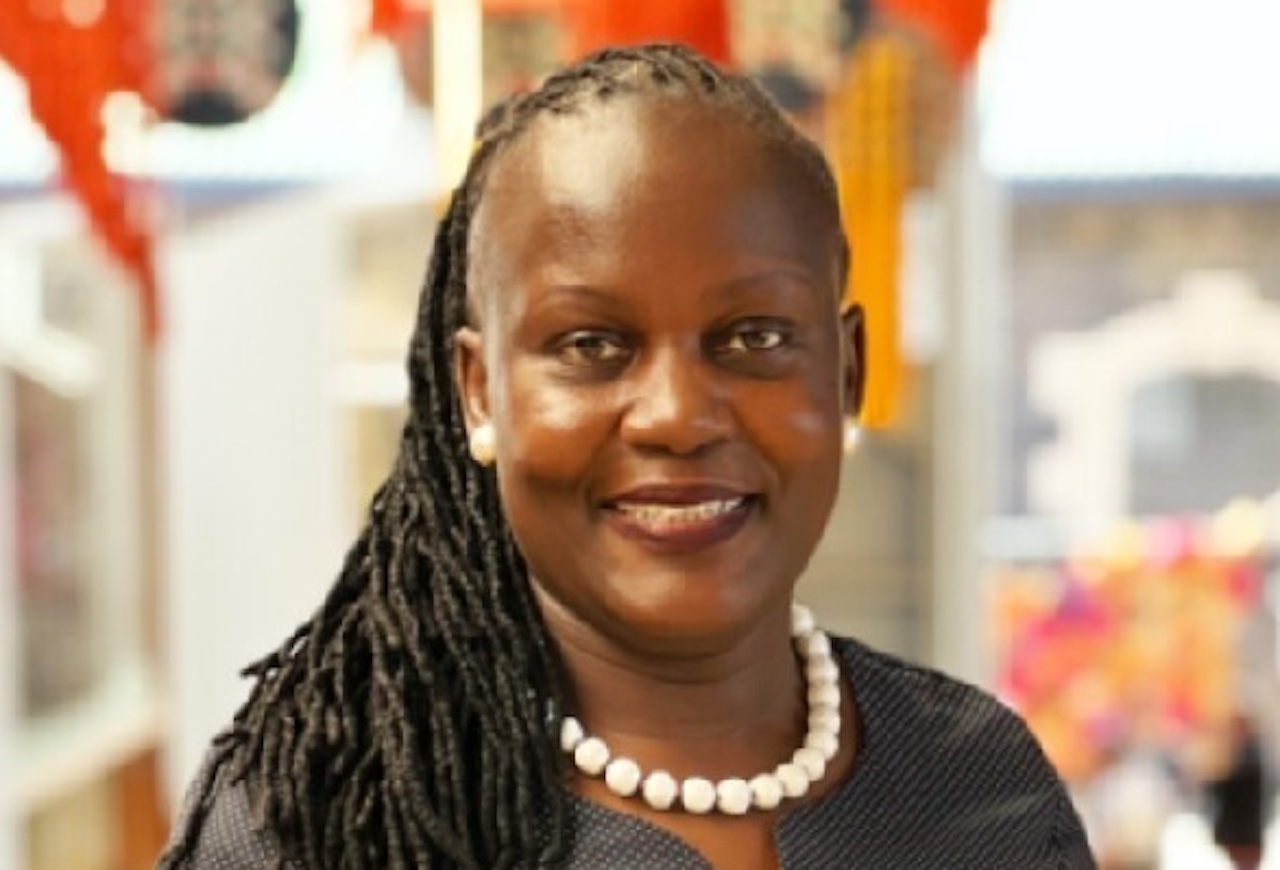
“At the start of the venture, the focus was on making sure young people had access to contraceptive health on time to prevent pregnancy and not interrupt their educational lives, nor impede their chances at better livelihoods in the future,” says Melaba.
A lack of data was identified as another issue, which Melaba says made it difficult to judge the extent of the problem or how and where it needed to be addressed.
“The Tiko model was founded at the intersection of healthcare and technology, focusing on leveraging technology as part of the core operating model to make the health system work better for girls,” she adds.
Scalable model
Tiko operates in Kenya, Ethiopia, Burkina Faso, Nigeria, South Africa, Uganda and Zambia through an online platform.
Using a peer-educator model, the organisation relies on a network of vetted public and private health clinics and dispensaries, and a community of ‘mobilisers’, who act as outreach workers identifying and connecting in person with girls and young women aged 10 to 24 at risk of the triple threat. Their work is also supported by community health workers.
“The mobilisers and health workers connect the girls to the platform and then refer them to Tiko’s network of carefully mapped clinics, giving them access to bias-free, youth friendly healthcare practitioners,” explains Melaba.
Although Tiko itself is fairly small, with a delivery team of around 100 staff across all seven countries, its network is much larger. In Kenya alone, the organisation works with approximately 300 healthcare facilities and 4000 mobilisers and community health workers.
Last year, Tiko reached one million girls with its services and aims to increase that to four million per year in the next five years.
“Our aim is to progressively demonstrate how scalable and cost effective our model is, and create different blueprints to illustrate how it could work in different settings,” says Melaba.
Impact-linked financing
Tiko started its journey in India and Kenya where the Dutch government funded family planning programmes aimed at tackling teen pregnancy.
A few years later, the organisation received catalytic capital from the Elton John AIDS Foundation to start incorporating HIV interventions into its family planning services, which also allowed it to expand and test its online platform, starting with a pilot in Kenya.
“The work with the foundation helped us to demonstrate what an integrated model could look like,” says Melaba.
Fast-forward to 2023 and Tiko was able to scale its work across Kenya, with the launch of the $10.1m Development Impact Bond (DIB) for Adolescent Sexual Reproductive Health, an outcomes-based contract and the first of its kind to address sexual and reproductive health (SRH), focusing on reducing early and unintended pregnancies and new HIV infections in girls aged 15 to 19.
The DIB is a collaboration between Tiko as the delivery partner, the UN Population Fund (UNFPA) and the Children’s Investment Fund Foundation (CIFF), a long-standing supporter of Tiko, as outcomes funders, and Bridges Outcomes Partnerships, which both manages the programme and provides the upfront working capital via its SDG Outcomes Fund. The Government of Kenya has also been involved in the design and delivery of the programme.
“The launch of the development impact bond marked a big leap for us,” says Melaba. “It has allowed us to develop metrics that touch on both contraceptive access and HIV and also layered on a focus on multidimensional poverty, allowing us to demonstrate the power of this model in actually reaching the poorest of the poor and the most vulnerable girls.”
The DIB comes to the end of its term this month and provided the pre-agreed outcomes targets are met, the social impact investors in the SDG Outcomes Fund will be paid back their investment, which Melaba says it is on track to do.
According to Lucía Santirso, executive director at Bridges Outcomes Partnerships, as of March of this year, the DIB programme had delivered 1.5 million sexual and reproductive health services to 700,000 girls, which was more than double the original target.
“The great thing about this programme is that it has reached a lot more girls than originally planned, while the budget has remained the same. So, the cost per girl is much cheaper than expected. This demonstrates the efficiency of outcomes contracts,” said Santirso.
Sexual and gender-based violence
Tiko now fully integrates contraceptive access and HIV programmes across most of its countries and more recently, the organisation started to incorporate initiatives addressing the prevention and management of sexual and gender-based violence into its work. Melaba explains that this closes the circle on addressing the threats faced by adolescent girls and young women.
“It made sense to layer on the SGBV piece because data shows that it is a key driver in teen pregnancy and new HIV infections among young women in Africa,” she says.
Outlook
Figures show that investing in women and girls not only delivers social impact but also makes economic sense. For example, according to the UNFPA every $1 invested in family planning yields more than $8 in returns for families and societies.
But the outlook for investment looks uncertain following the US withdrawal of $377, in funding to the UNFPA and wider cuts to aid for SRH globally.
Melaba describes the drop in aid as a “structural rupture”.
“The impact of this cuts across the girls we serve, the communities and the broader health system itself,” she says.
But, she is also hopeful. She believes Tiko can leverage its experience with the DIB and its work building government relationships to strengthen health systems and extend blended finance opportunities for Tiko’s countries of implementation.
“This moment offers an opportunity for a reset in terms of understanding where the development architecture is going. We are speaking with governments about the opportunities for blended financing and outcomes-based contracts to crowd in private investment and move away from traditional development finance which was perceived as wasteful” says Melaba.
Tiko has already started fundraising for the next phase of the DIB in Kenya and hopes to scale the Kenya blueprint to other markets, including South Africa where work has begun on a girls outcomes fund.
“We’re working on a range of possibilities and taking a portfolio approach that will look different by country,” says Melaba, adding that investing in girls needs to be seen not in terms of addressing a problem but investing in an opportunity.
“Whether it’s increasing household income or building healthy and economically resilient communities, investing in girls is the smartest investment you can make,” she adds.
